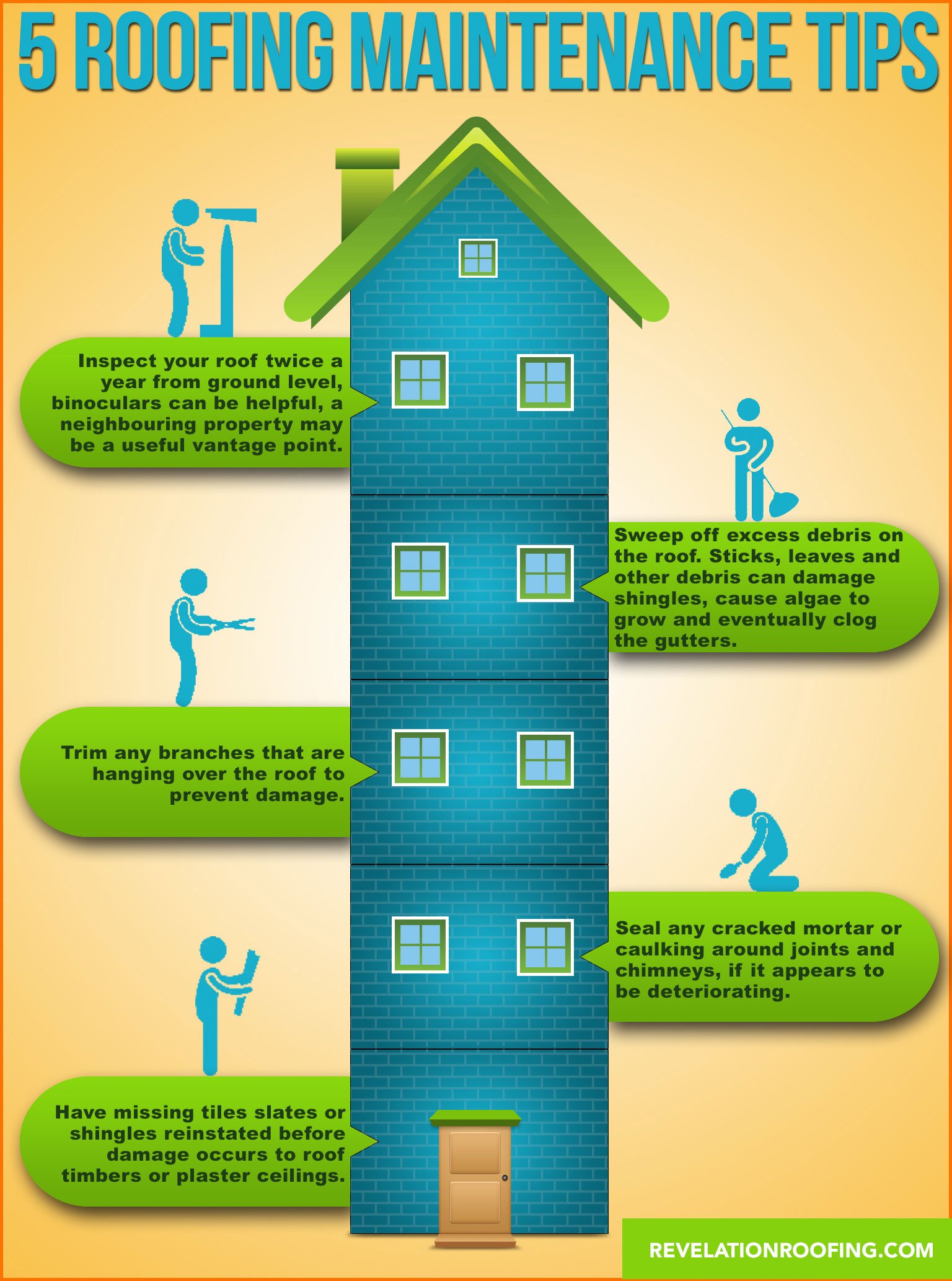When you're planning a roofing system setup, it's very easy to overlook important details that can lead to significant problems down the line. You may be tempted to cut edges on material selection or skip correct blinking installation, however these common blunders can lead to costly repair work later on. Understanding the relevance of ventilation and adhering to local building codes is important for an effective task. So, what are the crucial actions you should take to guarantee your roofing stands the test of time? Allow's check out some reliable approaches to stay clear of these risks.
Poor Product Selection
When it pertains to roofing installation, picking the wrong materials can result in costly issues down the line. You could assume that any kind of roofing material will do, however that's a typical misunderstanding. It's essential to pick materials that match your neighborhood environment and the specific requirements of your home.
As an example, if you reside in an area with hefty rainfall or snow, choosing asphalt roof shingles may not be the most effective choice. Rather, think about more durable alternatives like steel or slate.
In addition, take notice of the high quality of the products you're considering. Cheap materials could save you cash upfront, but they often do not have long life and can result in frequent fixings or replacements.
You ought to additionally consider the style of your home and guarantee the products you select will certainly maintain its aesthetic appeal.
Finally, don't fail to remember to talk to specialists. They can give useful insights and advise products that follow neighborhood building regulations.
Investing time in proper product selection now can help you stay clear of frustrations and costs in the future, making your roofing project a success.
Inadequate Flashing Setup
Selecting the appropriate materials isn't the only aspect that can lead to roof covering issues; insufficient flashing installment can additionally produce significant problems. Flashing is essential for guiding water far from prone areas, such as chimneys, skylights, and roof covering valleys. If it's not mounted effectively, you take the chance of water intrusion, which can result in mold and mildew growth and structural damages.
When check here set up blinking, guarantee it's the best kind for your roofing system's design and the local environment. For example, steel blinking is often much more sturdy than plastic in locations with hefty rainfall or snow. See to it the blinking overlaps properly and is protected firmly to stop voids where water can permeate through.
You must likewise take note of the installation angle. Blinking should be positioned to direct water far from your home, not toward it.
If you're not sure regarding the installation process or the materials needed, consult an expert. https://southfloridareporter.com/roof-maintenance-tips-for-florida-homeowners/ can aid determine the very best flashing options and ensure everything is mounted properly, safeguarding your home from possible water damage.
Taking these steps can save you time, cash, and migraines later on.
Neglecting Air Flow Needs
While numerous property owners focus on the aesthetic and structural aspects of roofing setup, ignoring air flow needs can result in serious long-term consequences. Correct air flow is necessary for controling temperature and dampness levels in your attic room, preventing concerns like mold and mildew development, wood rot, and ice dams. If you do not install ample air flow, you're setting your roof covering up for failure.
To avoid this error, first, analyze your home's specific air flow requirements. A well balanced system generally consists of both consumption and exhaust vents to promote airflow. Ensure https://emergencyroofrepair40627.myparisblog.com/34492241/assessing-metal-roof-against-tile-roof-covering-advantages-and-drawbacks 've set up soffit vents along the eaves and ridge vents at the optimal of your roof covering. This combination permits hot air to leave while cooler air enters, maintaining your attic room space comfortable.
Also, think about the sort of roofing material you have actually chosen. Some products might need added air flow approaches. Verify your local building codes for air flow guidelines, as they can differ substantially.
Lastly, do not forget to inspect your ventilation system regularly. Blockages from debris or insulation can hamper air flow, so keep those vents clear.
Verdict
Finally, preventing typical roofing installment blunders is vital to guaranteeing your roofing system's durability and effectiveness. By selecting the appropriate materials for your climate, setting up blinking effectively, and addressing air flow requirements, you can protect against expensive issues in the future. Don't neglect to acquaint yourself with local building codes and routine normal examinations. With these actions, you'll appreciate a risk-free, durable roof covering that shields your home for years ahead. Happy roofing!
